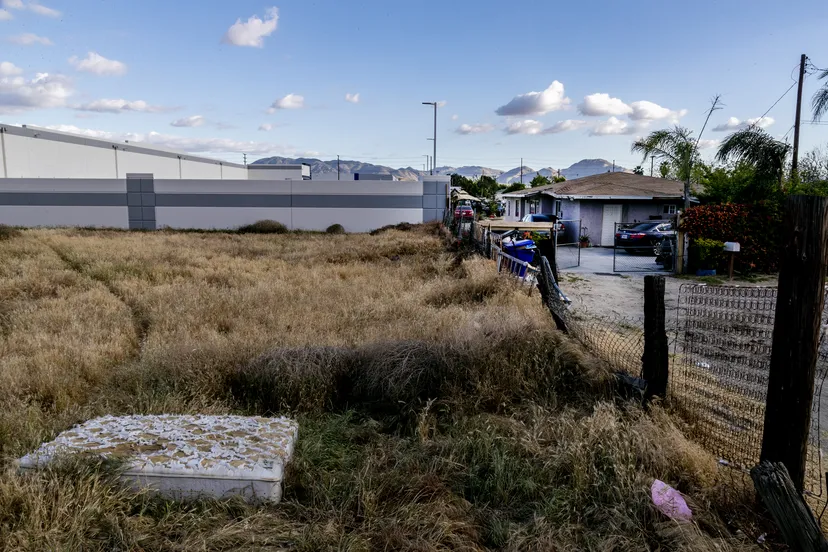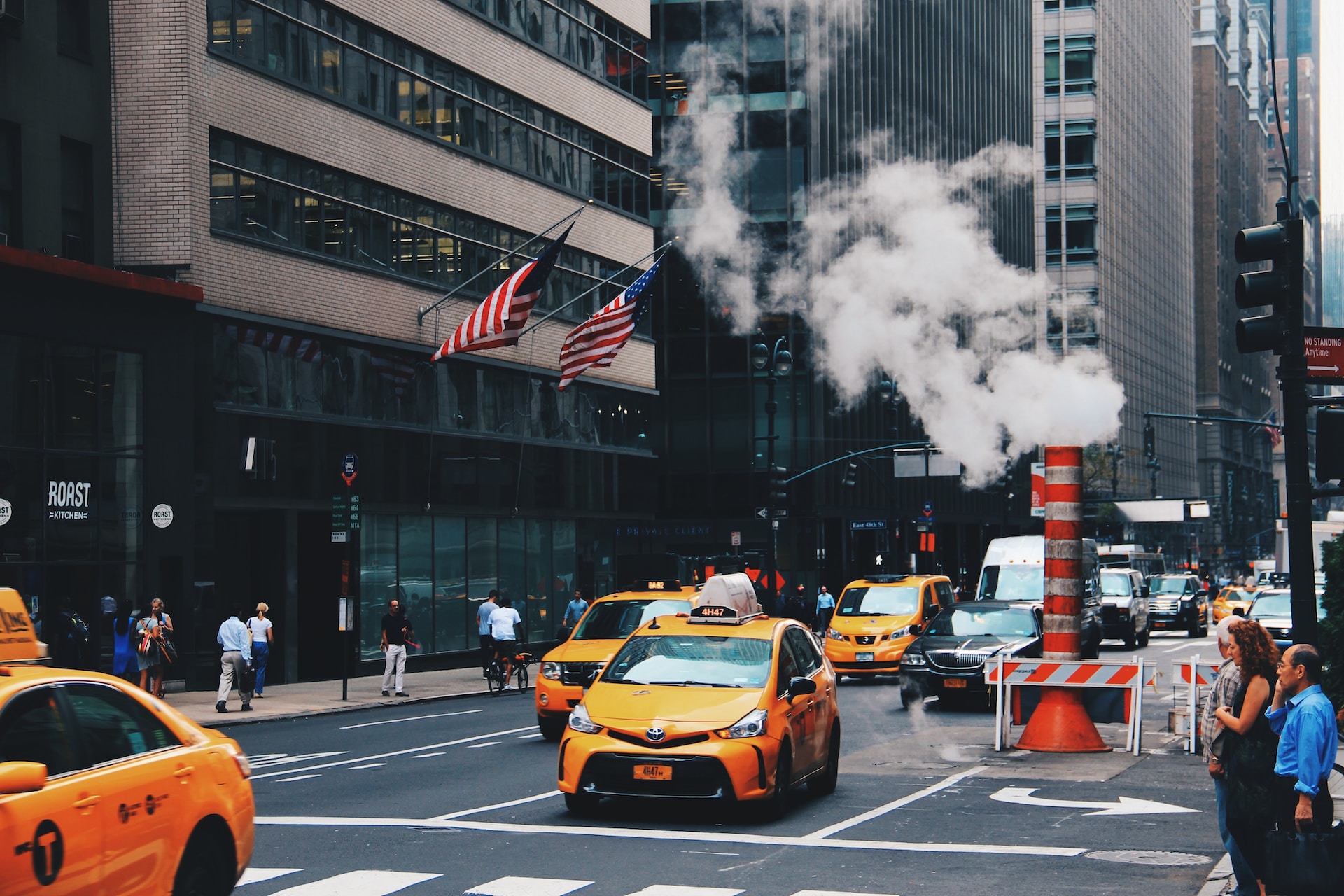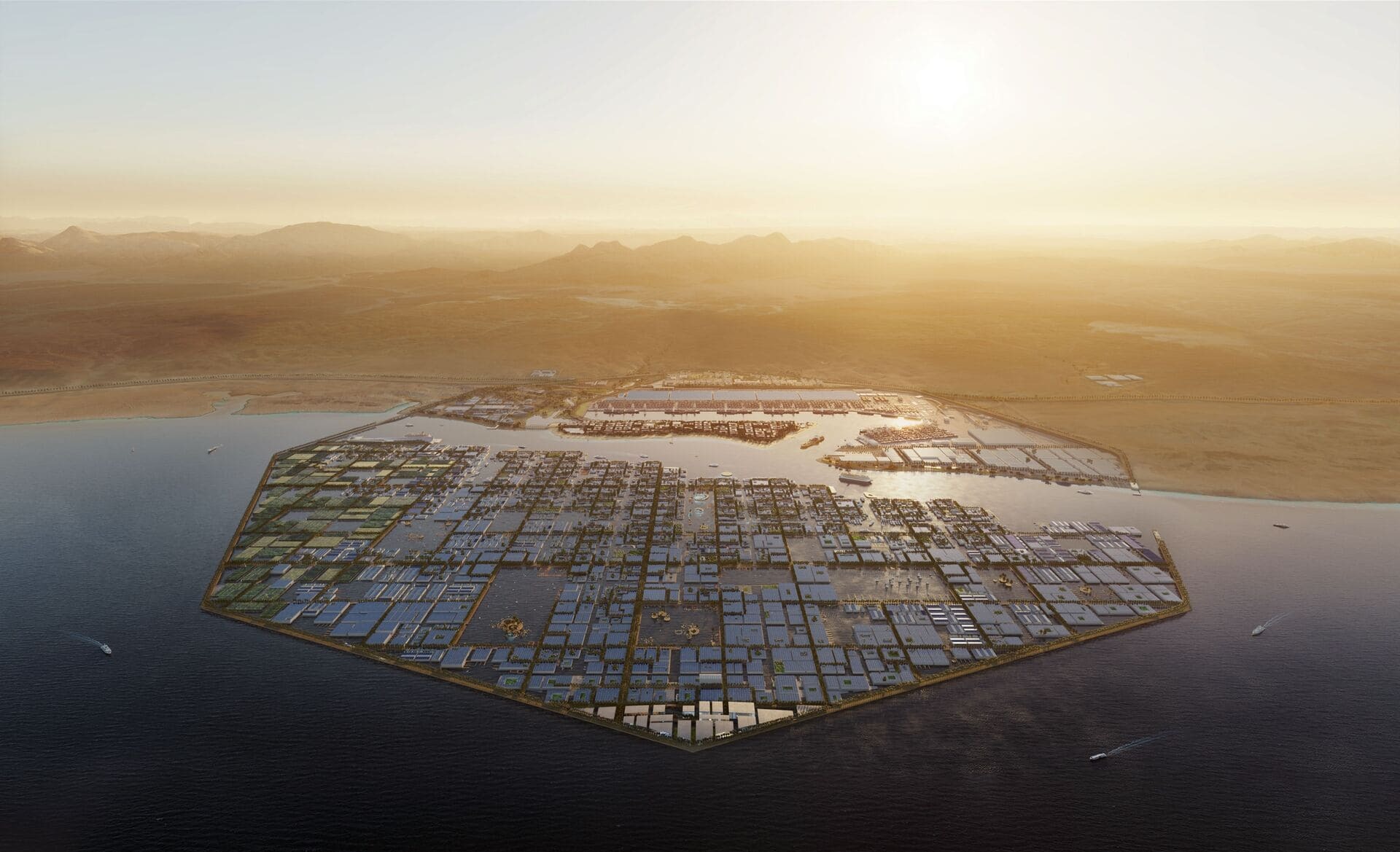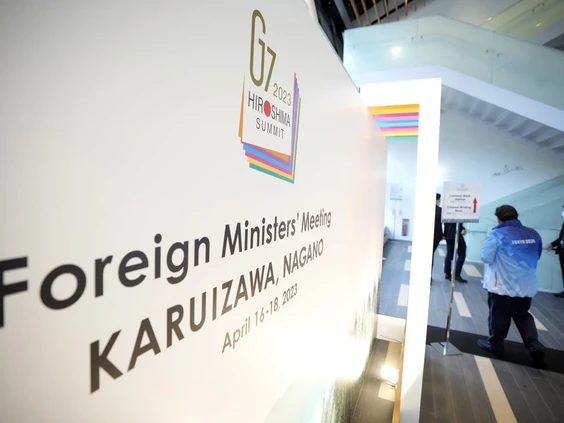Author | Jaime Ramos
"Energy can neither be created nor destroyed – only transformed from one form of energy to another". This transformation formulated in the law of conservation of energy has been worrying most of Europe over the past few months; and what is just as significant, it has disrupted the community’s economic and sustainability plans.
The key role of natural gas in Europe
Natural gas has not only heated homes and driven industries in Europe, it has also served as a reference for setting electricity prices.
It was a market mechanism that worked until the main gas provider on the continent, Russia, from which Europe imported 39.2% of its gas, suspended all exports as a result of the Russian invasion of Ukraine.
This uncovered vulnerabilities within the system, which has led to surging energy prices during certain seasons. Germany and Spain reached record highs of €500 per megawatt/hour last winter. Italy reached €713.
However, apart from that, the EU has been forced to reconsider its energy production model. This crisis has not been as bad as it could have been because countries have large reserves stored away (curiously, a significant quantity is stored on giant gas ships because, with a few exceptions, most countries do not have the necessary storage infrastructures) and the winter has been mild. However, this could change in the near future, and Europe could be facing anxious times in terms of energy supplies.
What has Europe done to reduce its reliance on gas?
At an institutional level, the EU has drawn up a plan to reduce its reliance, summarized in a 10-point plan. While some entail the creation of new infrastructures or accelerating the transition towards renewable energies, others consider energy rationing, as seen in the past. There is also the pending task of simplifying regulations to unite national interests, combat market fragmentation and ensure a more efficient framework.
The complex gas situation, filled with intricate economic strategies and institutional reforms, could be easily summarized under the neoclassical paradigm of economics. That is, Europe needs to contain its demand, while keeping up with its offer and supply.
There is also a third variable: the EU energy sector had set out a historical transition towards clean energy sources, how to increase the share of renewables in energy mixes or strengthen the commitment to green hydrogen. The easy and simple conclusion would be to think that it is now time to speed up these plans.
Renewable energies to tackle the crisis, a plan with obstacles?

However, the current situation in Europe has resulted in efforts being stepped up. Let’s look at Germany for example, known as the economic locomotive of Europe and highly dependent on Russian gas.
During the initial part of 2023, its energy market was celebrating, having reached a record of 57.7% in renewable generation. Among other impacts, this pushed back natural gas prices and, therefore, electricity prices. And this is good news because, since 2020, the trend had been reversed in Germany and the emission of greenhouse gases in the energy sector increased considerably. Particularly taking into account that it hopes to fulfill all its electricity needs with supplies from renewable sources by 2035.

These seasonal relaxations are leading the way towards less reliance on fossil fuels, but not everything is so simple. The European automotive sector has been warning for years of the danger of stepping on the gas too much in terms of the ecological transition. For example, the CEO of Stellantis, Carlos Tavares, warned of the risks of imposing a 100% electric transport model without considering the impacts, not just the economic impacts, but also social and sustainability impacts.
The risks cited by Tavares, and by other industry stakeholders, include shortage of supply, price increases, or the fear of the characteristics being announced being severe and discouraging investment in Europe.

What are the gas measures being applied in cities?
The urban setting has a particularly important role to play in terms of changing the European gas and energy model. European cities are not free from the United Nations figures which indicated that cities "require an uninterrupted supply of energy. They consume about 75 per cent of global primary energy and emit between 50 and 60 per cent of the world’s total greenhouse gases."
The EU has launched numerous associated projects that seek to incorporate and join forces between the different cities within the community, state plans aside. This spring, an inter-European alliance was sealed, which allowed local leaders to present examples and measures that had functioned in their regions. Among those present at the event were the mayors of Milan, Freiburg or Lodz.
From Helsinki’s smart lighting to Ghent’s social perspective
The measures were grouped together into different categories that went from the introduction of new regulations and taxes to the renewal of infrastructures, fostering alternative mobility and the creation of energy communities. In Helsinki (Finland), for example, they showed how this period has served as an incentive to change to a smart lighting model.
The mayor of Ghent (Belgium), Mathias De Clercq, recognized that the consequences of the economic crisis had hit hard at a local level: "people are struggling to pay their bills, companies have had to cut costs and local finances are under pressure."
To alleviate this situation, he indicated that they have taken a two-pronged approach. On the one hand, they have tried to redirect consumption by applying simple saving strategies, establishing as in other regions, a temperature margin inside buildings or financed for those who are having a particularly hard time. A telephone service has also been enabled to help companies and residents reduce their bills. On the other hand, initiative-taking policies have started to be applied aimed at abandoning fossil fuels.
Among the priorities of Ghent’s strategy, and which coincide with other cities such as Lyon (France), is to prevent social exclusion. Because the European gas issue has had a kind of bullwhip effect. Although the first movement has been assumed on a macro-economic scale, it is at the local level where the most aggressive and harmful consequences have been felt. If they are not addressed prioritizing this urban perspective, the energy transition and decarbonization will suffer.
Images | Freepik/freepik, Eurostat, Freepik/senivpetro






















































